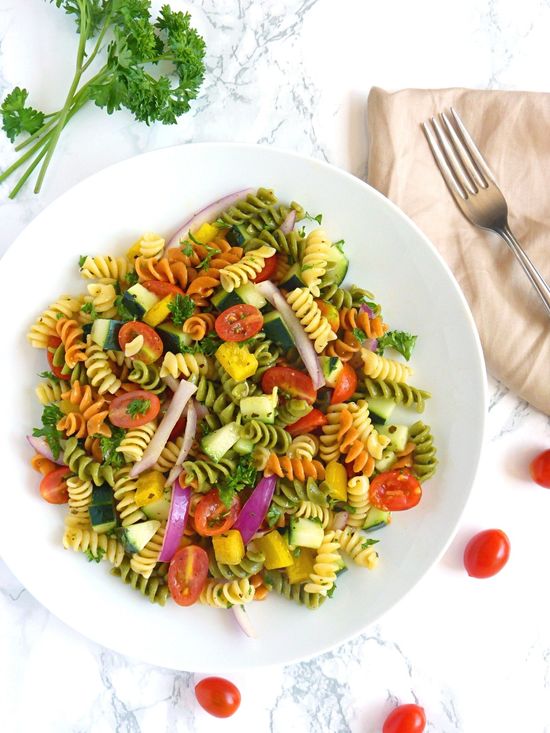Hyderabadi biryani is one of India's most famous biryanis; some say biryani is synonymous with Hyderabad. The crown dish of the Hyderabadi Muslims, Hyderabadi biryani developed under the rule of Asaf Jah I, who had been appointed as the Governor of Deccan by the Mughal emperor Aurangzeb. It is made with basmati rice, spices and goat meat. Popular variations use chicken instead of goat meat. There are various forms of Hyderabadi biryani. One such biryani is the kachay gosht ki biryani or the dum biryani, where the goat meat is marinated and cooked along with the rice. It is left on a slow fire or dum for a fragrant and aromatic flavour.
Hyderabadi biryani
Thalassery biryani
- Vaniyambadi biryani is a type of biryani cooked in neighboring towns of Ambur and Vaniyambadi in the Vellore district in the northeastern part of Tamil Nadu, which has a high Muslim population. It was introduced by the Nawabs of Arcot who once ruled the place.
- The Ambur/Vaniyambadi biryani is accompanied with 'dhalcha,' a sour brinjal curry and 'pachadi' or raitha, which is sliced onions mixed with plain curd, tomato, chillies and salt. It has a distinctive aroma and is considered light on the stomach. The usage of spice is moderate and curd is used as a gravy base. It also has a higher ratio of meat to rice

I am a headline
In Myanmar (Burma), biryani is known in Burmese as danpauk or danbauk, from the Persian dum pukht. Featured ingredients include cashew nuts, yogurt, raisins and peas, chicken, cloves, cinnamon, saffron and bay leaf. In Burmese biryani, the chicken is cooked with the rice. Biryani is also eaten with a salad of sliced onions and cucumber.
One form of "Arabic" biryani is the Iraqi preparation where the rice is usually saffron-based with chicken usually being the meat or poultry of choice. It is most popular in Iraqi Kurdistan. Most variations also include vermicelli, fried onions, fried potato cubes, almonds and raisins spread liberally over the rice.Sometimes, a sour/spicy tomato sauce is served on the side (maraq).
In Iran, during the Safavid dynasty (1501–1736), a dish called Berian was made with lamb or chicken, marinated overnight — with yogurt, herbs, spices, dried fruits like raisins, prunes or pomegranate seeds — and later cooked in a tannour oven. It was then served with steamed rice.
A different dish called biryan is popular in Afghanistan. Biryan traces its origins to the same source as biryani, and is today sold in Afghanistan as well as in Bhopal, India. Biryan is prepared by cooking gosht and rice together, but without the additional gravy (yakhni) and other condiments that are used in biryani. The Delhi-based historian Sohail Hashmi refers to the biryan as midway between the pulao and biryani. The Afghani biryani tends to use a lot of dry fruit and lesser amounts of meat, often cut into tiny pieces.
Kapampangan cuisine of Philippines (often in Pampanga) features a special dish called Nasing Biringyi (chicken saffron rice), that is typically prepared only during special occasions such as weddings, family get-togethers or fiestas. It is not a staple diet as it is difficult to prepare compared to other usual dishes.
In the Cape Malay culture, a variation of biryani incorporates lentils as a key ingredient into the dish along with meat (usually goat meat or chicken). The dish may be seasoned with garam masala or a curry spice mix (though this is not authentic to the local style) and coloured, sometimes heavily, with turmeric.




